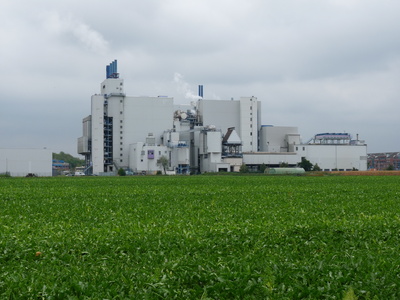Initiated by FEAD President – Peter Kurth, the debate was joined by Peter Wessman – Senior Legal Officer at the European Commission DG ENV, Markus Hauck – Member of the Managing Board / Chief Financial Officer, EEW Energy from Waste GmbH, Yoana Yoncheva – Filyova – Chairwoman of the Bulgarian Recovery and Recycling Association, Janek Vähk – Climate, Energy and Air Pollution Coordinator, Zero Waste Europe, Christian Suhl – Lawyer, PricewaterhouseCoopers Legal Germany, and Valerie Plainemaison, FEAD Secretary-General.
The discussion was facilitated by the moderator Jacki Davis and broached the following key issues in relation to Waste-to-Energy:
Recovering energy from non-recyclable waste must be, from a legal perspective, regarded as an environmentally sustainable economic activity and complementary to recycling.
Energy recovery from waste plays an important role in closing the circular economy loop and is an essential step in the waste management chain ensuring the safe treatment of non-recyclable, residual waste. As a resource, it is the best use of non-recyclable, residual waste as it avoids the use of fossil fuels in the production of heat and electricity.
Waste-to-Energy (under R1 criterion) is consistent with the circular economy and it treats waste higher up in the hierarchy, thus complying with waste hierarchy principles: more recycling, more recovery, and more diversion from landfilling.
Peter Kurth: “overcapacities and lock-in effects must be avoided, but projections show that if even ambitious recycling targets are met for municipal, industrial, and commercial waste, with very low landfilling rates, a remaining 140Mt tons/year of residual waste will still need treatment in 2035, with missing capacities by 40 Mt/year. Waste-to-Energy must therefore be seen as an ally, and not a competitor to more recycling. It is an essential element for circularity, and it should be positively regarded under Taxonomy rules. The criteria should be the following: investments related to R1 energy recovery should cover residual waste after separate collection or source segregation and rejects from recycling. The investments should be based on national waste management plans and comply with the lowest emission limits under the Industrial Emissions Directive”.











